Dr. Todd Villines, Elucid: Novel AI-Based Imaging to Characterize Heart Disease
By Rob Dillard - Last Updated: April 16, 2025Elucid is a Boston-based software company which provides physicians with novel, AI-powered imaging to characterize cardiovascular disease, the number one cause of death in the U.S.
DocWire News spoke with Elucid’s Chief Medical Officer, Todd C. Villines, MD, who leads the clinical strategy, development, and execution for Elucid’s commercial and in-development products.
Dr. Villines spoke to us about the prevalence of heart disease, and how Elucid’s technology provides early detection of cardiovascular problems, to potentially save many lives.
DocWire News: Can you give us some professional background on yourself?
Dr. Todd Villines: Well, I’m Todd Villines, and by training, I’m a cardiologist. I specialize in preventive cardiology and multimodality cardiac imaging, with a special focus and both research and clinical interest in cardiovascular CT, coronary CT.
You were recently appointed the Chief Medical Officer of Elucid. Talk to us about your role.
That is right, yeah. So, this is a big change for me. I’ve been a clinical cardiologist and a clinical scientist researcher. I’m very busy with patients, teaching in an academic capacity my entire career. So yeah, I recently started as the Chief Medical Officer at Elucid.
How big a problem is heart disease in the U.S.?
It’s a huge problem, and it’s really been what motivates me, is that probably too many Americans, we all know someone who’s had heart disease, because it’s the number-one killer of Americans. It’s the number one leading cause of death now worldwide. And despite the fact that we have this growing number of preventive medicines, there’s just too many Americans who lose their lives prematurely. And what’s frustrated me is that our approaches to preventing heart disease are relatively crude. They’re rudimentary if you compare them to how we screen for cancers, for example. So, it’s a huge problem. And the scary thing is that too many Americans find out they have heart disease because of a sudden life-altering event like a heart attack or a sudden cardiac arrest or a really profound presentation, where they before never knew they had the disease. And so, my interest is really in better detecting heart disease and preventing it, really focusing on and changing how we as a country address this plague of heart disease through better prevention, better treatments.
How is Elucid using artificial intelligence to detect heart disease?
Well, the core mission of Elucid… It’s really founded with that mission in mind. The goal is to prevent heart disease and stroke, and here at Elucid we believe that imaging, particularly atherosclerosis imaging, the imaging of coronary artery plaque with CT scanning, allows the ability to better educate and inform patients about their risk for heart disease, whether they have heart disease at all, and how they should be best treated. And we know that with cardiac coronary CT… I’ve been doing cardiac CT since the early 2000s, and the way that’s it’s currently practiced is people get a look at the heart arteries, they tell you whether there’s some plaque or not, they try to maybe qualify how much plaque there is with maybe a calcium score or just visually looking at it and saying, “Hey, you got a little bit,” or, “You have a lot of plaque.” And then they really focused so much on the stenosis or narrowing of the heart arteries.
But if you think about it, it’s a certainly improvement over stress testing, but it’s very similar to how people interpret coronary angiograms in the cath lab. It’s very just semi-quantitative, it is somewhat subjective, and what we’ve learned is that if you use machine learning and advanced analytic tools using artificial intelligence, that there are so many more things, if you will, or measures of plaque that we simply don’t have the ability or time to measure. If you tried to measure it manually, it’d take you all day long. But they in fact are very important. So, for example, the volume or amount of plaque you have very, very, very important. But to quantify that and to sit to literally do that manually would take you hours. And so, machine learning gives you the ability to do that in a rapid way, in a very accurate way.
We know that the type of plaque that you have really matters, and again, you could look at it and say, “Well, I think it looks like this,” but you really need those advanced analytic tools to truly measure that plaque and its characteristics and to tell you: how risky is this plaque? Not just how much plaque do you have, but how risky is it? What is your risk of having a heart attack, because we know that that is prognostically important. Yet if you get a CT scan at most sites around the country, you don’t get that extra layer of analysis that we think is really important clinically and is maximizing the yield of the CAT scan that you had performed. And then when you add to the plaque the ability to assess physiology, is there a high probability that there’s limiting blood flow due to a measure that we use called FFRCT or Fractional Flow Reserve CT. So, you get both the plaque physiology, the plaque risk, all in one scan.
Talk to us about some recent studies Elucid has published.
Yeah. We’re really, really excited about an upcoming study recently completed. Elucid has developed a really new technology. This is different than anything that’s on the market, and it’s a fractional flow reserve derived from CT scanning. Now, people are pretty familiar with this technology, because there has been technology around now for several years that uses a term called computational fluid dynamics to calculate the change in pressure across a coronary artery or across a lesion. What Elucid has done is that they’ve realized is that the health of an artery, the ability of an artery to dilate or respond to stress or respond to a vasodilator, can be also highly predicted using machine-learning techniques based on the plaque in that artery: how much plaque, but also what does that plaque look like?
And so, this is a machine-learning approach that estimates fractional flow reserve in an entirely new way. And that way had been previously tested in a single center study and shown to be very accurate compared to the gold standard invasive FFR. And we’ve just completed a five-center validation study that shows very high accuracy using this approach. And so, this is something that you’ll be seeing in press hopefully soon and is the basis of the technology that’s been submitted to the Food and Drug Administration for approval, hopefully commercialization and commercial launch very soon. So very excited about that.
The other thing we’re excited about is testing the approach that Elucid has for plaque characterization, and so we now have a prospective three-year outcome study called the postcard study, just hot off the press, just recently completed. In fact, we’ve just done the data analysis. I mean, just a few hours ago, actually, and so that’s something that asks the question: is the Elucid approach… The way Elucid assesses plaque is it doesn’t just tell you how dark or light it is on a [inaudible 00:07:05] unit scale, but it said, “Let’s go and actually train our models to mimic what a pathologist would see under a microscope, and so let’s then test this in a trial to see if it’s actually predictive of events.” And that was the postcard trial. And so that’s, again, some soon-to-be-published data that I think will be of interest to listeners and readers about this approach using machine learning to characterize plaque according to ground truth histology. So literally an imaging biopsy, if you will, of your coronaries.
What are some key takeaways you would like to leave our audience with today?
Well, I think number one is that preventing heart disease and stroke, we can do better. We have to do better. The current paradigm of wait, come in if you have symptoms, let’s check your blood pressure and cholesterol, we know that that’s a reasonably good approach, but it can be significantly improved upon if we actually use CT to detect actual disease, atherosclerosis plaque, at an early stage. And if we can detect that plaque, if we can measure that plaque, if we can characterize its risk, I think we can change how people are managed, because this is a time in 2022 where we have a lot of preventive therapies, not just aspirin and statins. And so, I think number one is that we can do better, and CT can help us do better. I say plain old CT, but I think you take CT to another level when you use advanced analytics like Elucid technology, number one.
Number two is having an alternative FFRCT that gives you the physiology, the FFRCT value, but also gives you a full plaque characterization that’s not been previously available in a single company product, and that’s what we’re excited to deliver in the marketplace.

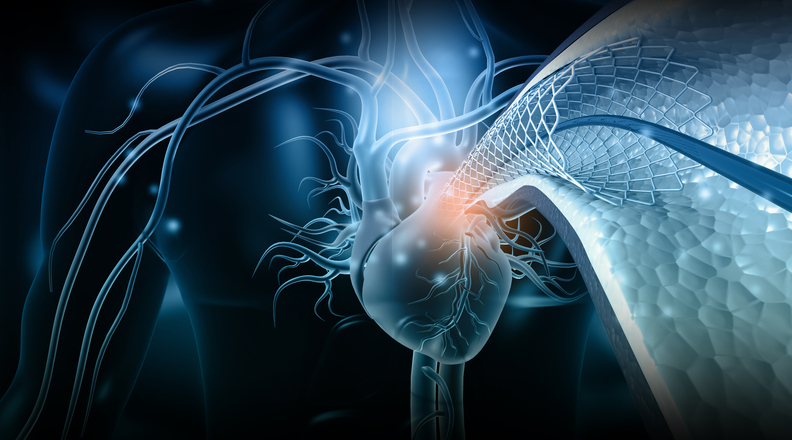
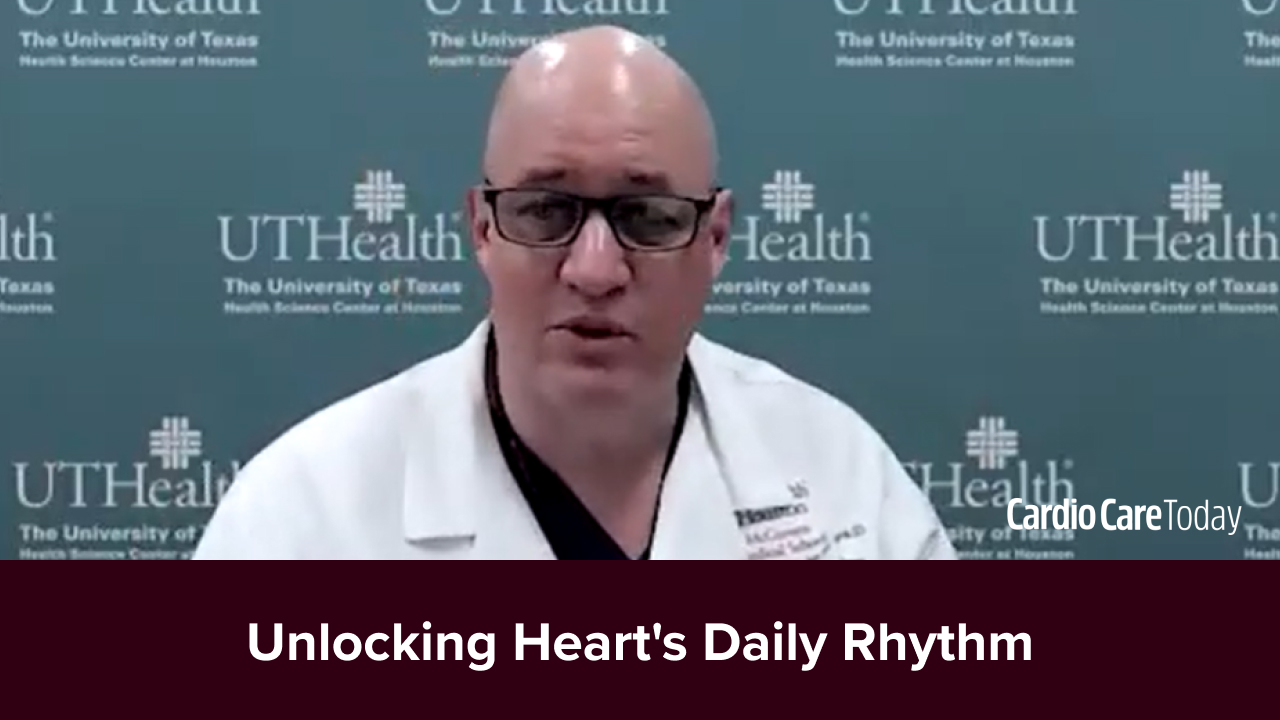
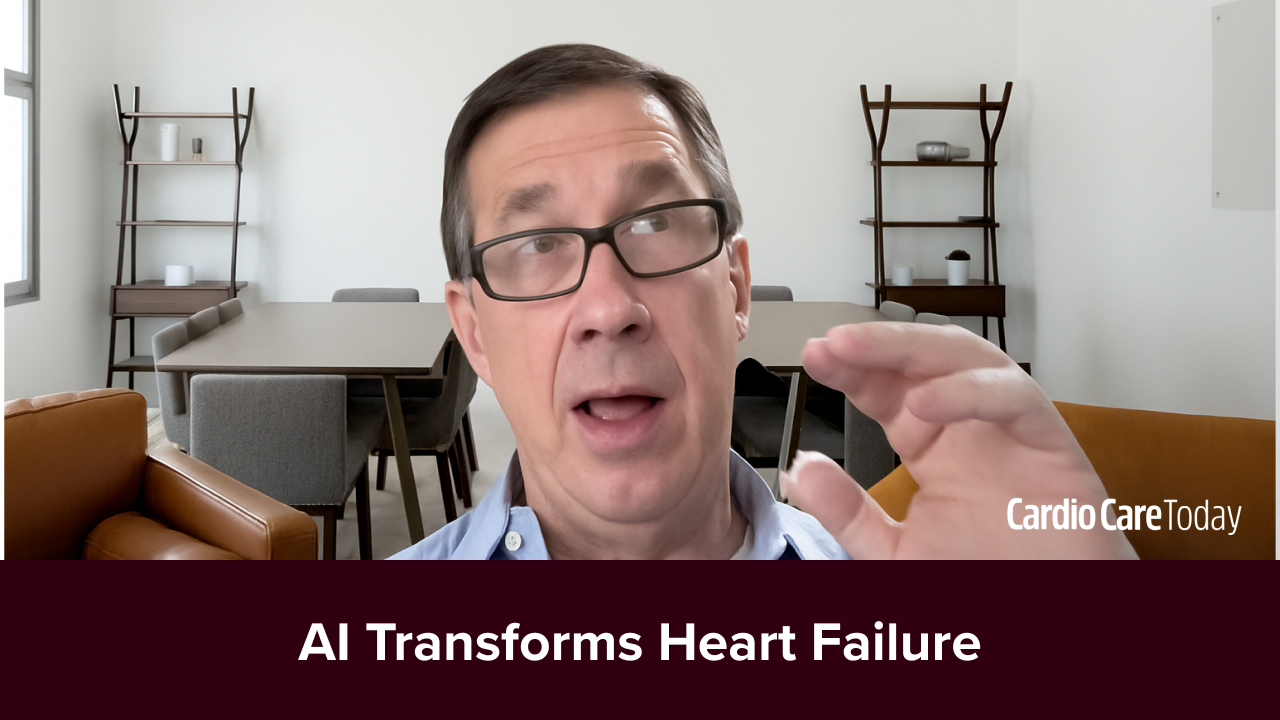
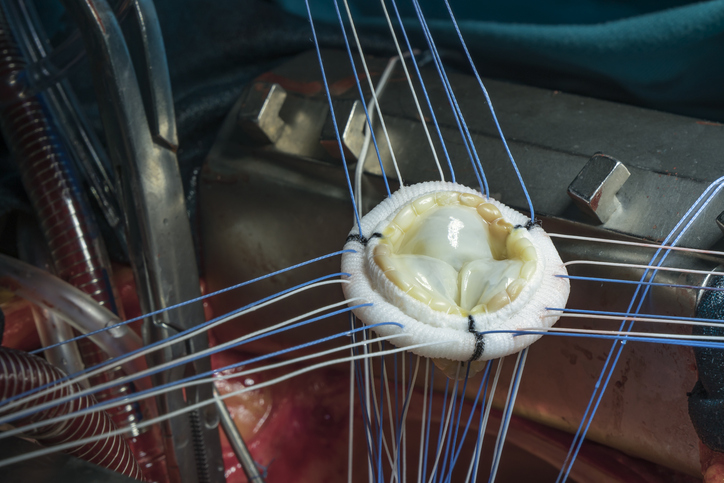
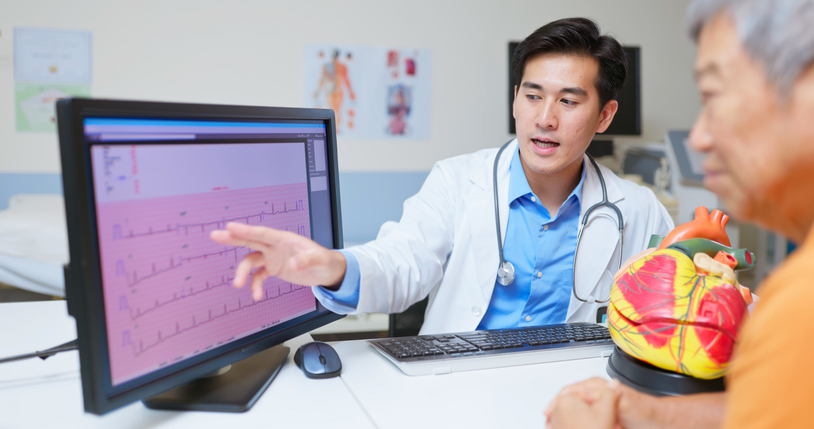

 © 2025 Mashup Media, LLC, a Formedics Property. All Rights Reserved.
© 2025 Mashup Media, LLC, a Formedics Property. All Rights Reserved.